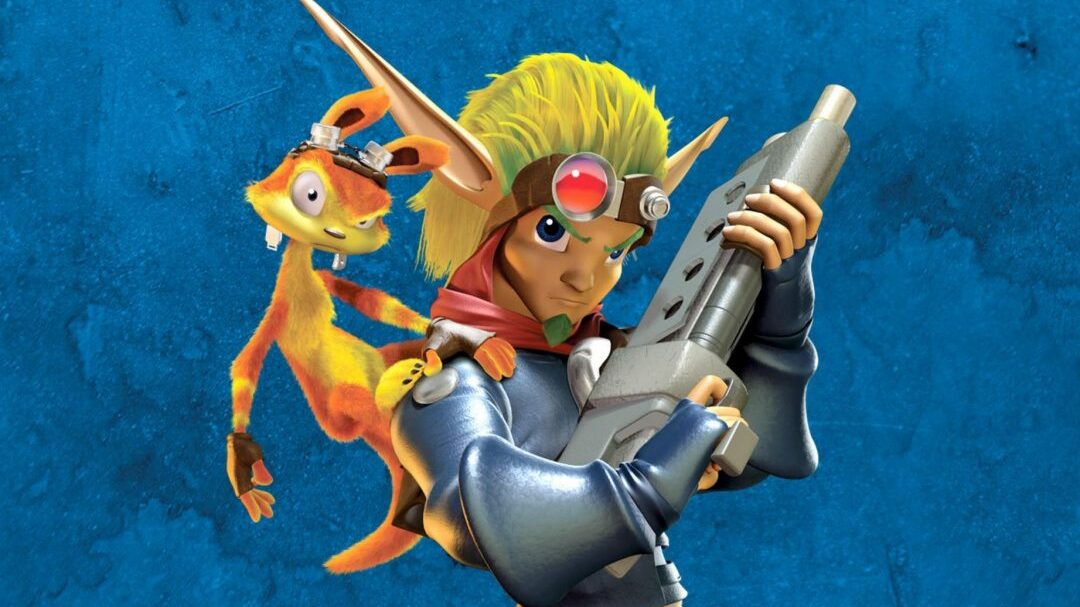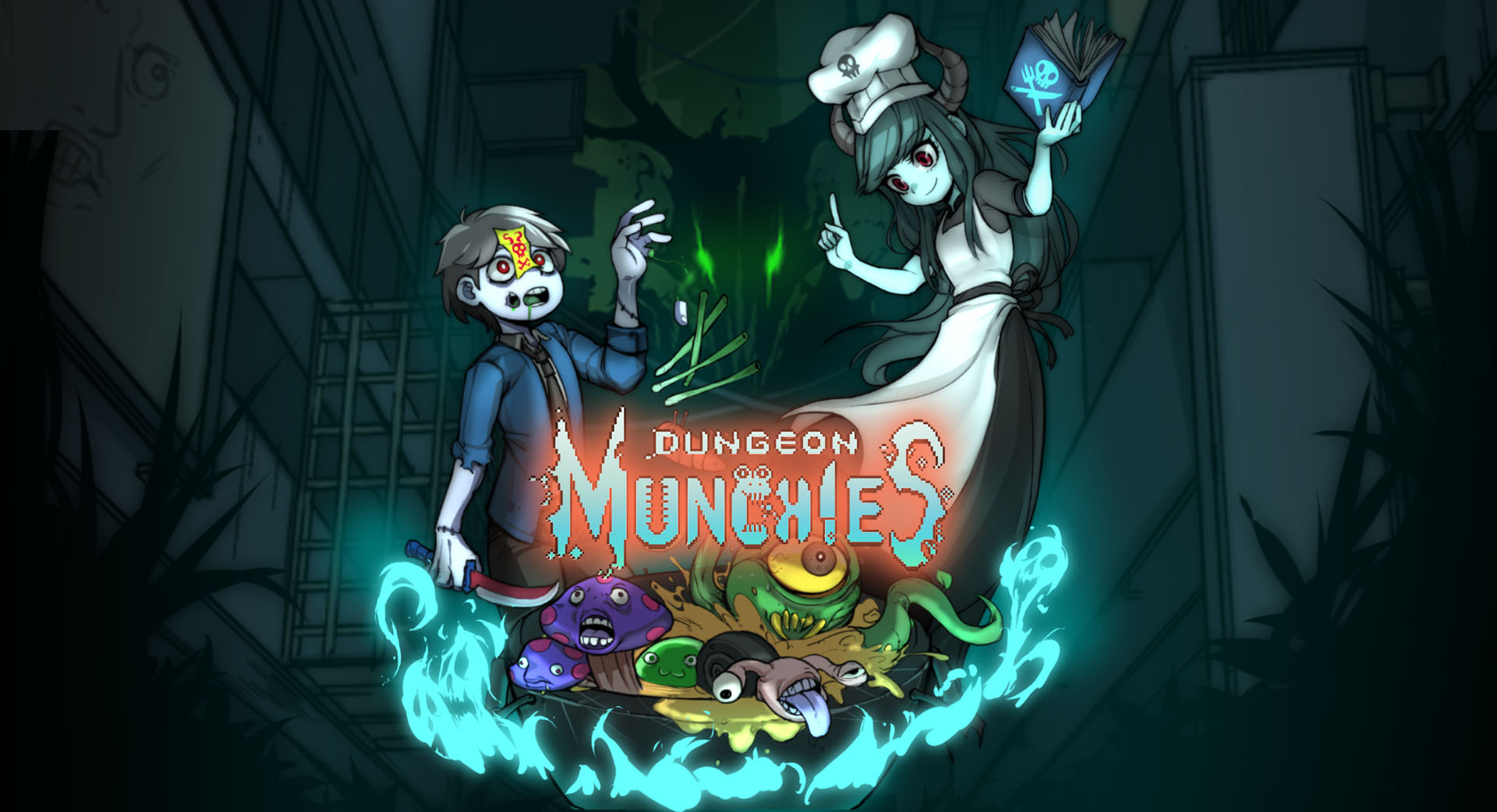Share
Frank Herbert’s Dune is a monumental work of fiction – an entire universe teeming with political drama, manifested destinies, and conflicts of a galactic scale. Perhaps one of the greatest works of science fiction ever produced, Dune has gone on to inspire countless franchises, including Star Wars, Warhammer, and so many others. Outside of the written works, Dune’s assortment of video games has also had a lasting legacy on the real-time strategy (RTS) genre, namely Westwood Studios Dune II: The Building of a Dynasty, that, while based upon David Lynch’s adaptation, still managed to capture the majesty of the written works while establishing the framework of RTS titles for generations to come.
He Who Controls the Spice…
If you’ve ever played an RTS game, you’ll be intimately familiar with the idea of having to manage an economy in addition to your troops by collecting resources to fund the war effort. For Starcraft you have Minerals and Vespine Gas; in Command & Conquer, Tiberium and Power; and so on. It was Dune II that started this trend by using Spice as an in-game currency – a clever move considering that the cause of conflict throughout the book is the control of the planet Arrakis’ Spice production.

The player would need to not only harvest this vital resource, but also protect it, and here is where base building comes into play. Due to the nature of Arrakis, the terrain is primarily an unstable desert, and the player would need to construct new facilities like refineries, barracks, or vehicle bays on a limited number of rocky zones across the map. As the campaign progressed, the player could build upgraded versions of units and buildings that followed one of the first iterations of a technology tree in the RTS genre.

Fear Is The Mindkiller
Missions would often require the player to eliminate all hostile forces on the map. Players would need to scout the map in order to reveal their locations and then construct armies to engage them. This was the first time a game had featured a “fog of war” and a player would need to think cautiously before sending forces out into the unknown. This sense of unease was only heightened by the addition of roaming, hostile sandworms that would devour entire units whole. Outside of the sandworms, the enemy AI was one of the first introduced to the RTS genre and, while not perfect, would serve to be the basis for future game development.
Of course, combat is the central focus not only of the genre but of Dune II. For the three factions in the game, each unit was given special care and attention to have unique stats and abilities that made them stand out from each other. This attention to detail not only helped flesh out some of the qualities of the playable factions in Dune II, but it helped to draw the player further into their role as the de-facto commander of their respective forces. You weren’t just commanding vehicles and soldiers; you were waging war by the creed and personality of the House you served. This would also include superweapons, faction-specific units, and playstyles that would go on to shape the way factions were presented across the genre. For example, the Atreides faction featured fast-moving units with light armor that emphasized a skirmisher playstyle while the Harkonnens utilized heavy infantry and tanks for a slower, but much harder to kill force. Learning how to best utilize the strengths of your faction while capitalizing on the weaknesses of your enemies’ was the key to victory, and this tenet is true in RTS games today.

A Lasting Legacy
While Dune II was built upon examples and inspirations from older titles (namely Herzog Zwei) it has stood the test of time and continues to be the bedrock upon which future real-time strategy titles build themselves upon. The team at Westwood was able to give players a unique experience of commanding vast armies of soldiers and vehicles in a way that had not been done and in a world perfectly suited for it. All of these qualities would later be refined in future Dune titles and in Westwood’s incredibly successful Command & Conquer franchise, and that would go on to inspire even more entries in the RTS genre.
It’s hard to imagine what the RTS games would be like without Dune II and Westwood Studios’ continued development of real-time strategy titles. Regardless, the next time you boot up your favorite real-time strategy game, think of Arrakis. Think of Westwood Studios. Think of Dune.




